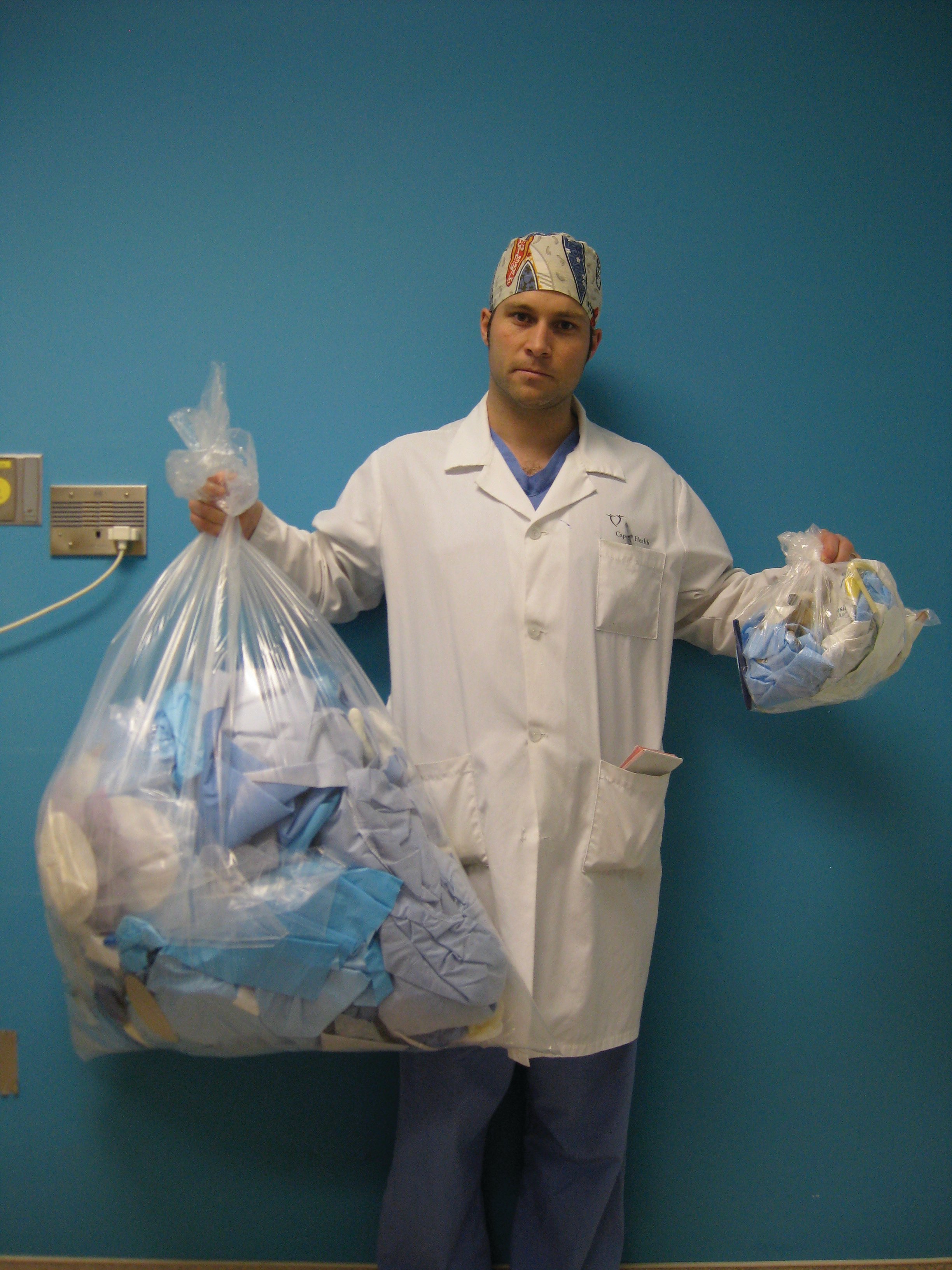Sunday, October 3, 2010
17706
Multicenter Prospective Infection Rate in 1504 Consecutive Cases of Minor Procedure Field Sterility in Carpal Tunnel Surgery, Is Main Operating Room Sterility Necessary?
Purpose: More than 70% of Canadian carpal tunnel operations are now performed outside of the main operating room with field sterility (1). Main OR sterility comes with a fourfold cost in money, and generates considerably more garbage (see figure 1). Is main OR sterility really necessary to avoid infection? This study evaluates the infection rate in performing carpal tunnel surgery using minor procedure room field sterility in Canada. Method: This is a 5 city 6 surgeon prospective study reporting the rate of infection in carpal tunnel surgery performed in a minor procedure room setting using field sterility. Field sterility means prepping of the hand with iodine or chlorhexidine, a single towel/drape with a hole in it, and a sterile tray with a modest supply of basic instruments and retractors. Sterile gloves and masks are used but the surgeons are not gowned. No prophylactic antibiotics are given. Results: A total of 1504 consecutive CT cases were collected prospectively from January 2008 to Jan 2010. Six superficial infections were reported and four patients received oral antibiotics. No deep postoperative wound infection was encountered and no patient required admission to hospital, incision and drainage, or intravenous antibiotics. Conclusions: A superficial infection rate of 0.4% and a deep infection rate of 0% following carpal tunnel surgery using field sterility confirm the inherently low incidence of postoperative wound infection of this procedure using field sterility. This study supports the safety and low incidence of postoperative wound infection of performing carpal tunnel surgery using minor procedure field sterility without prophylactic antibiotics. The higher cost of main operating room sterility may not be justified on the basis of infection. (1)Leblanc MR, Lalonde J, Lalonde DH. A detailed cost and efficiency analysis of performing carpal tunnel surgery in the main operating room versus the ambulatory setting in Canada. HAND 2007;2(4):173.

See more of Hand & Upper Extremity (5 mins)
Back to 2010am Complete Scientific Program
